Mills and the Netherlands: Inseparably connected
Hey everyone, at the beginning I would like to welcome you all to my new contribution and hope you had a weekend so far which has brought some interesting experiences into your life! In this article I would like to talk to you today about an important which is associated with the Netherlands and hope you can learn new things.
One of the most important cultural highlights of the Netherlands are the old mills, which have played an essential role in the development of civilisation since the Middle Ages. These pictures and video which I present here were all taken in the area of Zaanse Schans which is known for still having many mills in operation today which produce products themselves and this area which is located just outside of Amsterdam is recommended in every respect and because of the variety that can be found here a visit should not be missed. There are many different types of mills and in the Netherlands mills for processing wood, grain, spices, oilseeds or other things are especially well known. A few centuries ago there were still tens of thousands of mills in the country and even if the numbers have greatly reduced there are still over 1000 of which some are still in operation and compared to other countries where most of them have been demolished this number is considerably high.
A large factor why the number there is still so high are the institutions behind maintaining this culture and there are different circles that are strongly behind it so that this topic is preserved, to which not only foundations belong, but also numerous private individuals who stand up for preservation on a voluntary basis. Of course, the situation to which the good wind conditions belong also had a lot of influence on the development, but the Dutch were also very skilful in the development of techniques so that the mills partly worked without and could change the mechanism in the worst case scenario. It is also important to know that without the mills a large part of the land would be under water and certain kinds have been used to dry up the flat land and some advanced techniques were used here for drainage. One factor that is responsible for this is that a large part of the country is below sea level and a large part of the country could be drained with the use of the mills for which today technical aids are used and during the 19th and 20th centuries it was replaced with mordern techniques.
There are even many views that without the mills a third of the country would not exist and even if these are no longer used for these purposes there are still numerous of them which could be used in case of emergency. It can be said in every respect that the title is appropriate and the mills and the land are inseparably linked to each other and also for the development of the industry, it played a very important and central role. For numerous industrial applications, the mills have played a key role and made products that were not only important for the country but were also exported and these include paper, oils, paints, cereals, cocoa or other important things and without the use certain industrial families would probably never have developed like this. Even if there were mills in other countries, the Netherlands was in the lead in this respect and far ahead of other countries and those who should visit this diverse country should not miss visiting mills and it is very commendable that this country attaches so much importance to care this topic.
Thank you very much for stopping by and I hope you could learn something new and like my post! I captured these pictures with my Sony Alpha 6000 plus 55-210 mm lens and the video with my iPhone 16.
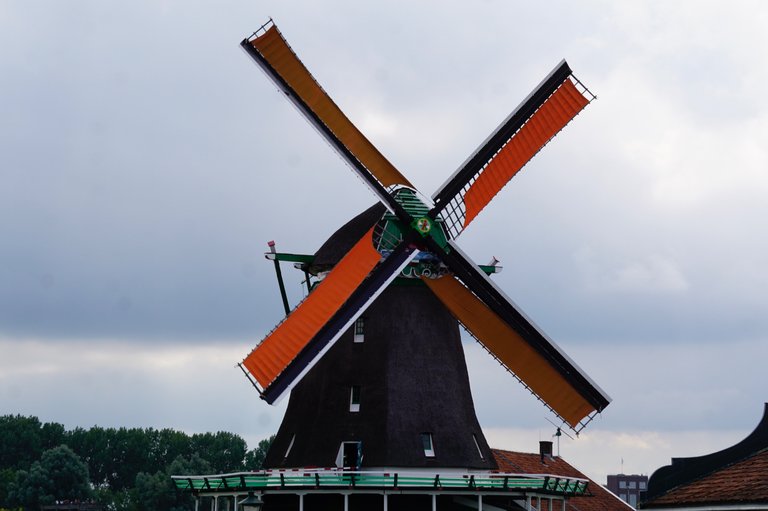

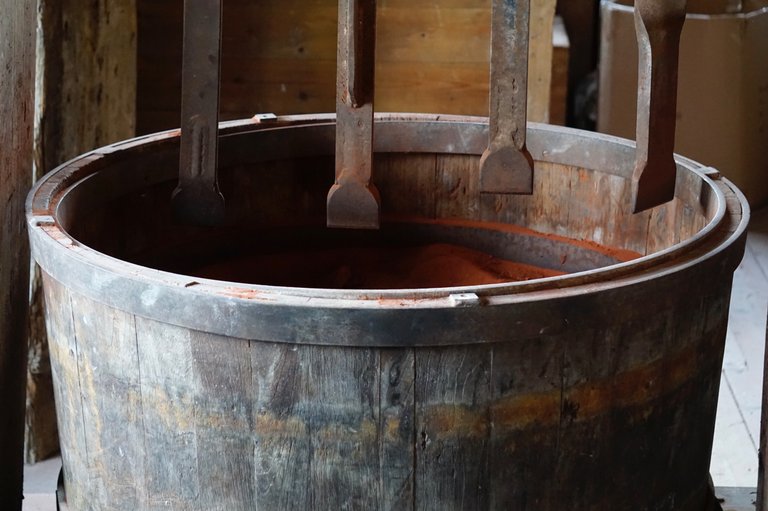

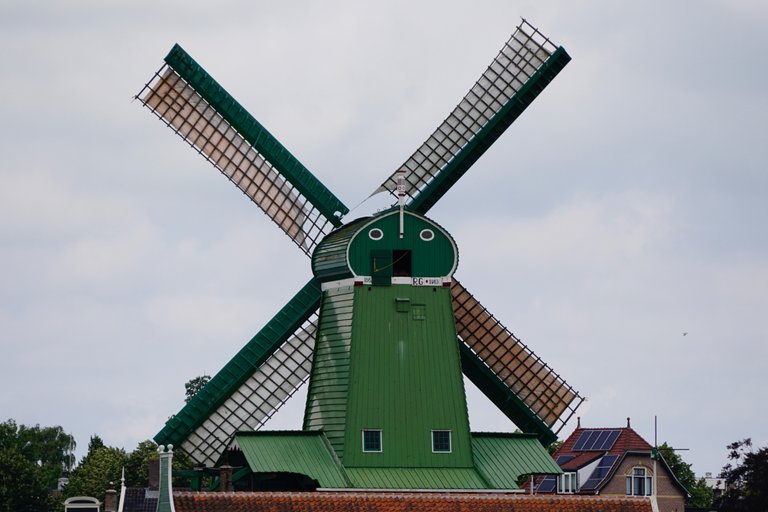
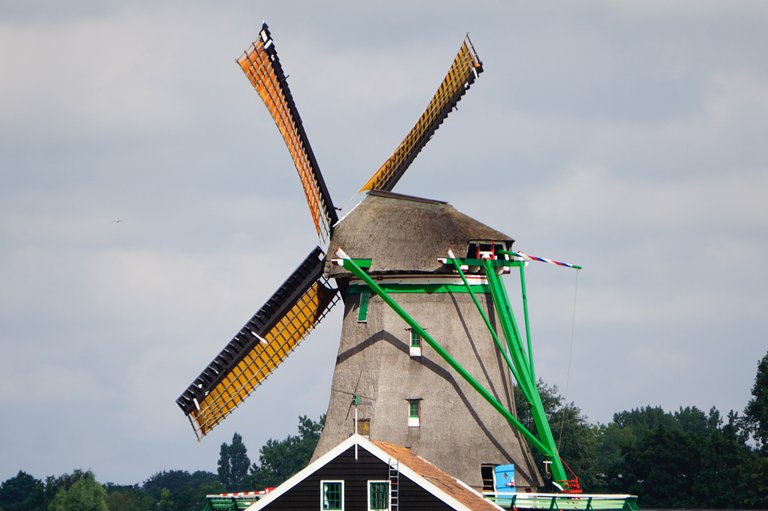
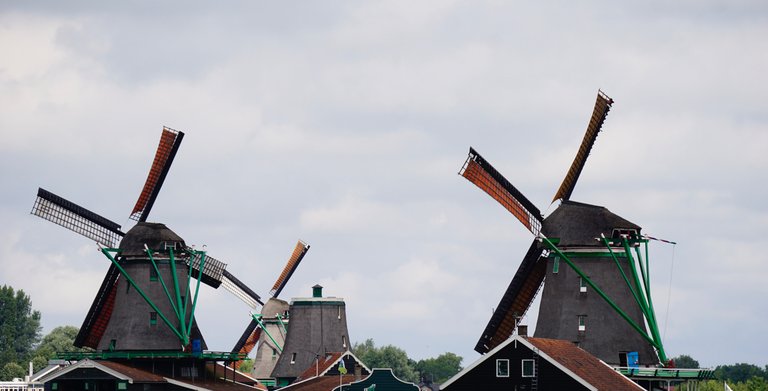
You can check out this post and your own profile on the map. Be part of the Worldmappin Community and join our Discord Channel to get in touch with other travelers, ask questions or just be updated on our latest features.
It’s amazing that so many are still standing and working after all these years, this is so definitely a unique part of Dutch history and culture.
Happy to see your interest dear @princessluv
♥️♥️♥️♥️
I guess there are some countries that have few mills
True
https://x.com/jewellery_all/status/1955003117440995819
https://x.com/lee19389/status/1955013954155188262
#hive #posh
Just imagine seeing it back in the time when all of the old mills were still standing and operating. It really is such a beautiful place and really cool to see how those mills work on the inside. Every time I see your posts I want to hop on a plane! lol
Glad that you like my post, I think to have shown the most important things in this video. Hihi I'm glad to hear that, I also hope that your next trip doesn't take too long to wait, also for you the topic is certainly very interesting because Charlemagne promoted the development of the mills. Wish you a great week @thebighigg
(There are even many views that without the mills a third of the country would not exist ) In line with this statement, I would say that mills are as important to the Netherlands as the flag that represents them, but emphasizing how important the mills have been to them in relation to their production.
From the Middle Ages there is a saying which says that as long as the mills turn, the world also does it. There's something true about it :) Happy to see your interest about this topic and wish you also a great week dear @lupega
There are so many old windmills in the Netherlands. I weekly cycle past a few of them without even noticing them anymore 😀
It's nice to see your own country through the eyes of a tourist sometimes.
I think so, there’s so much more to see! In Amsterdam there is a lot of tourism, I was so happy to see also more of the traditional aspects of the country. In any case, I was also very happy to get to know the friendly nature of the Dutch :)